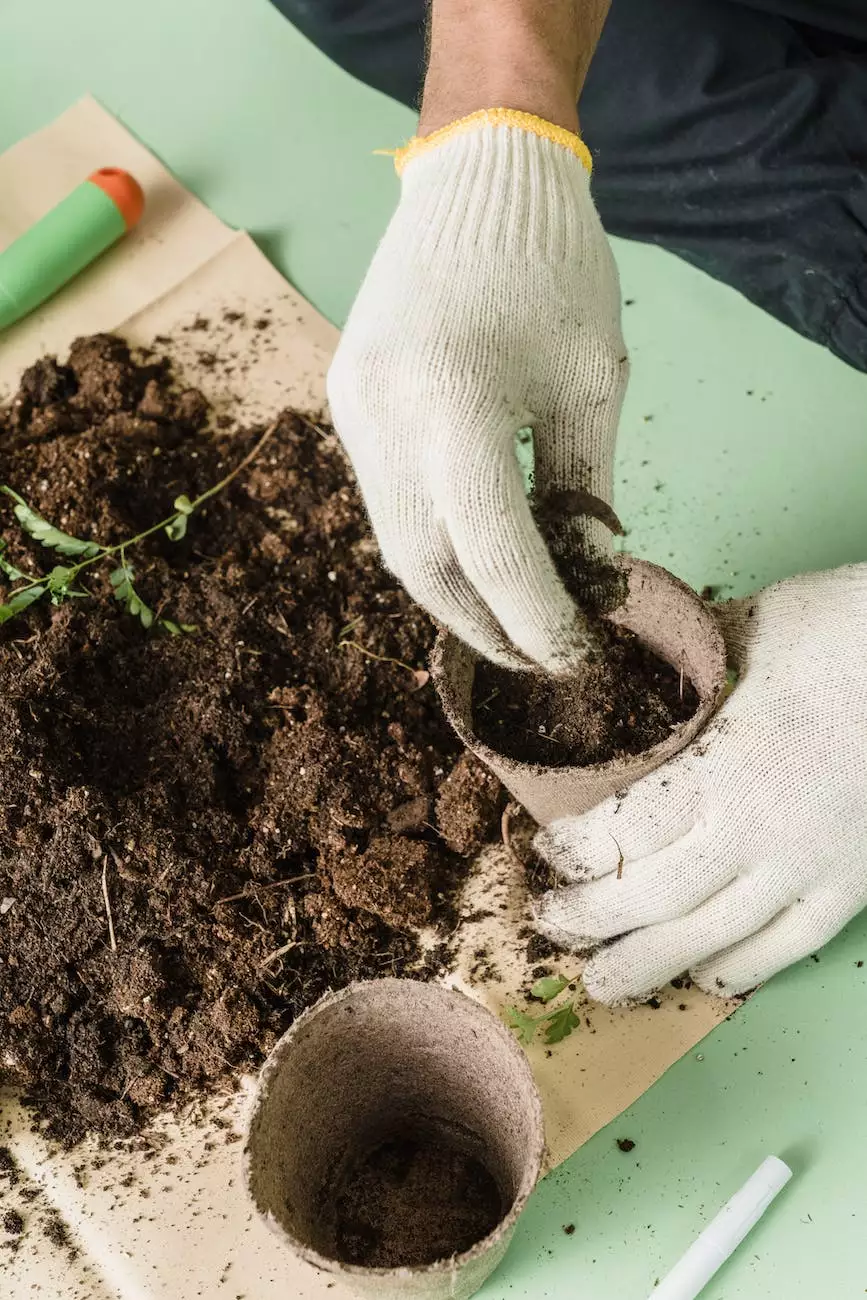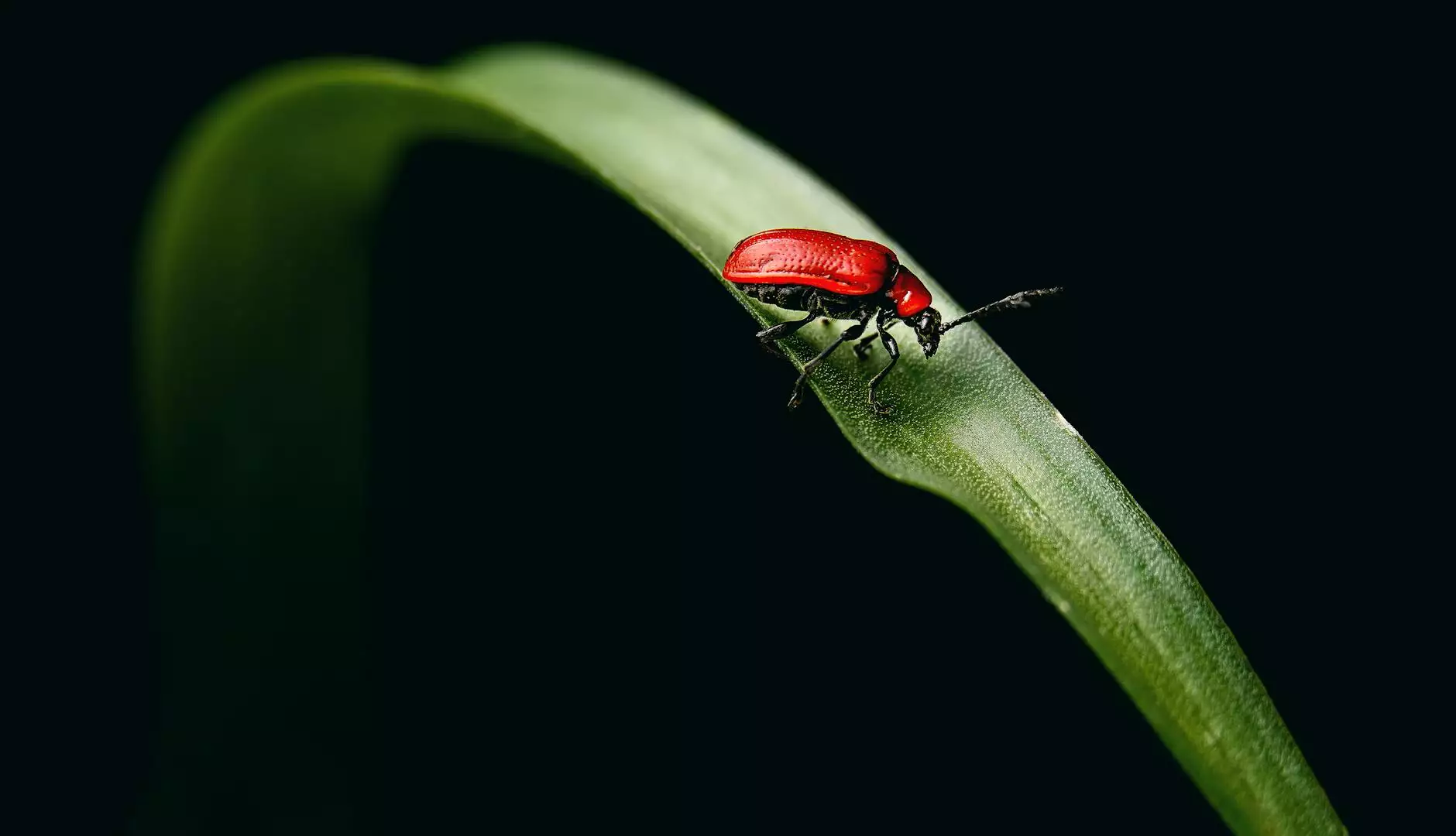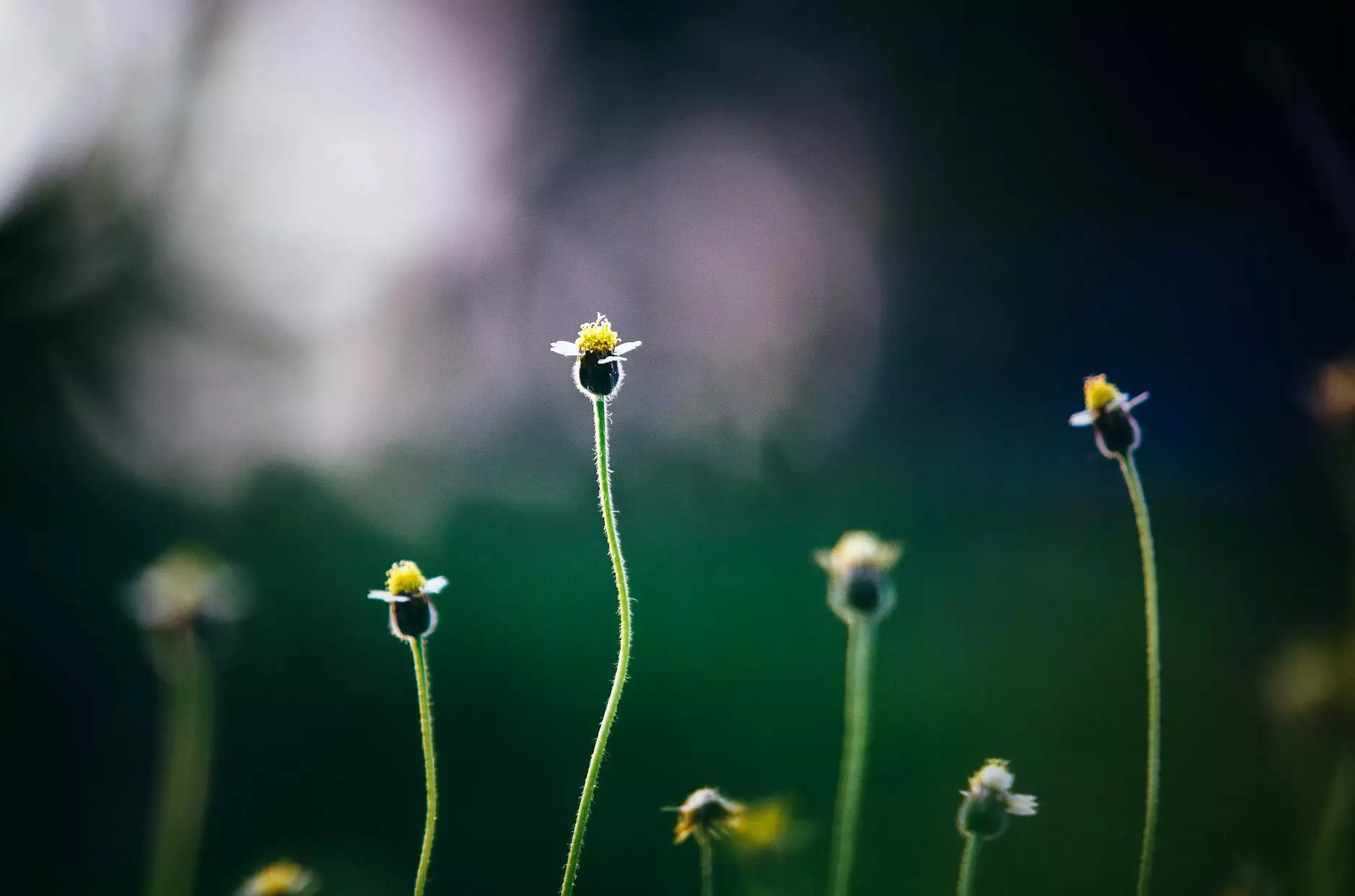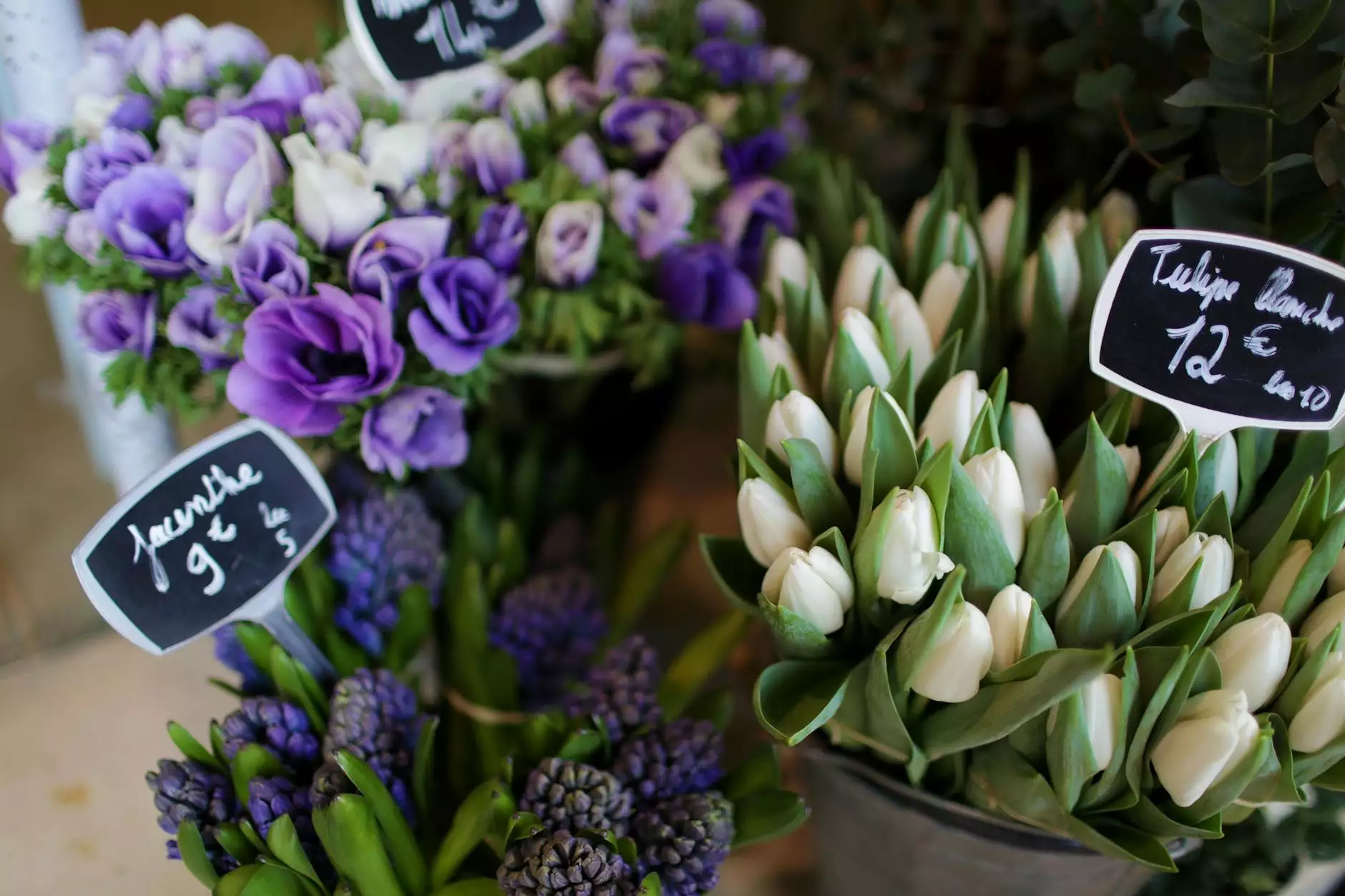WHEN IS THE BEST TIME TO PRUNE?

Introduction:
Welcome to American Pond & Gardens, your go-to source for all things related to home and garden gardening. In this comprehensive guide, we will explore the best time to prune your plants and trees, offering valuable insights and expert advice.
Why is Pruning Important?
Pruning plays a crucial role in maintaining the health and beauty of your garden. By selectively removing unwanted or damaged branches, you not only improve the overall appearance of your plants and trees, but also promote proper growth, enhance flowering, and prevent diseases.
The Best Time to Prune:
Spring Pruning:
Spring is often an ideal time for pruning, as many plants and trees are dormant during the winter months and are ready to start their growth cycle. However, it's important to consider the specific needs of each plant or tree as timing may vary.
- Fruit Trees: Prune fruit trees during late winter or early spring, before they start budding. This will encourage healthy fruit production and maintain the tree's shape.
- Flowering Shrubs: Some flowering shrubs, such as hydrangeas, bloom on old wood. Therefore, it is best to prune them immediately after flowering to avoid cutting off potential blooms.
- Evergreen Trees: Spring is also a good time to prune evergreen trees, as new growth begins around this period, allowing them to recover and fill in any gaps.
Summer Pruning:
While summer pruning is less common, certain plants and trees benefit from this mid-season trim. The key here is to selectively remove excessive growth or shape the plants without affecting their overall health.
- Deciduous Trees: Prune deciduous trees during summer if necessary, but avoid excessive pruning to prevent stress on the tree.
- Roses: Summer pruning is essential for roses to promote continuous blooming and prevent diseases. Remove spent flowers and cut back any damaged or crossing branches.
Fall Pruning:
Fall pruning is generally recommended for specific plants and trees that require particular attention during this season. Be cautious, as pruning too late in the season may cause new growth, which could be vulnerable to winter damage.
- Ornamental Grasses: Trim ornamental grasses in late fall or early winter to maintain their attractive appearance throughout the winter months.
- Perennials: Remove spent foliage and stems of perennials in the fall to promote healthy regrowth in the following spring.
Pruning Techniques:
When pruning, it's essential to follow proper techniques to prevent damage and encourage optimal growth. Here are some fundamental tips to keep in mind:
- Use Clean and Sharp Tools: Ensure your pruning tools are clean and sharp to make precise cuts without causing unnecessary harm to the plants.
- Identify Dead or Diseased Branches: Remove any dead or diseased branches to maintain the overall health of the plant and prevent the spread of infections.
- Prune at the Correct Angle: Make cuts at a slight angle just above a bud or lateral branch. This allows for proper healing and minimizes the risk of water accumulation.
- Consider the Plant's Shape: When pruning, keep in mind the natural growth habit of the plant to create a balanced and aesthetically pleasing appearance.
Conclusion:
In summary, knowing the best time to prune is crucial for maintaining the health and beauty of your garden. American Pond & Gardens is here to support you with expert advice and valuable insights. Whether you want to enhance the appearance of your fruit trees, flowering shrubs, or evergreen trees, our comprehensive guide will assist you in achieving the desired results. Remember to follow proper pruning techniques and tailor your approach based on the specific needs of each plant or tree. Happy pruning!










